China and Central Asian countries will explore establishing a scientific earthquake investigation mechanism together, aiming to integrate, share earthquake information, disaster mitigation decisions and technological resources.
The mechanism will be based on studying the Tianshan Seismic Belt which is a major seismic belt in Central Asia and one of the regions with strong seismic activities in China.
The junction of Xinjiang, Kazakhstan and Kyrgyzstan is a key area of plate interaction, traversed by the Tianshan Seismic Belt, a major seismic hazard area and a key area for the international community to study the frontier issues of continental geodynamics and inland earthquake disasters, explained Zhu Fangfang, deputy director of Science, Technology and International Cooperation Department, China Earthquake Administration at a press conference held by the Ministry of Emergency Management on Monday.
Zhu said China and Central Asian countries have successfully carried out a number of scientific and technological projects, such as GPS joint observation in the Tianshan region of Central Asia and the construction of seismic and geomagnetic monitoring networks.
"These projects have provided valuable basic information and scientific and technological support for earthquake prevention and disaster reduction work in China and Central Asian countries, and are of great significance to ensuring the security of the strategic corridor in western China and the sustainable development of the regional economy," Zhu said.
Monday's conference also announced that on Thursday the China-Central Asia Emergency Management Ministerial Meeting will be held in Urumqi to discuss practical cooperation and channels for safe development.
During the ministerial meeting, parties are expected to sign the Memorandum of Understanding on the Establishment of China-Central Asia Emergency Management Cooperation Mechanism, which will mark the official establishment of China-Central Asia emergency management cooperation mechanism.
The mechanism was initiated by China back in 2022 and over recent years, the countries involved have made a series of preparations to build up the mechanism, reflecting the positive momentum of wider regional cooperation.
During this ministerial meeting, a drill on emergency response of oil and gas pipeline accidents will be conducted. According to Chen Yihui, the deputy director of the National Production Safety Emergency Rescue Center, more than 100 rescue and safety personnel will participate in the five-day drill.
A total of 10 subjects are set up including risk analysis for emergency disposal of oil and gas pipelines, pressurized plugging of crude oil pipelines, fully automated welding of natural gas pipelines, and emergency repair.








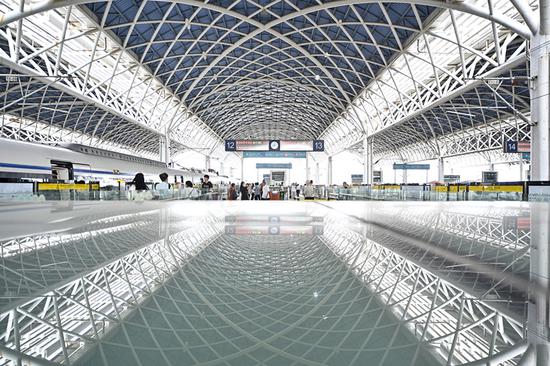
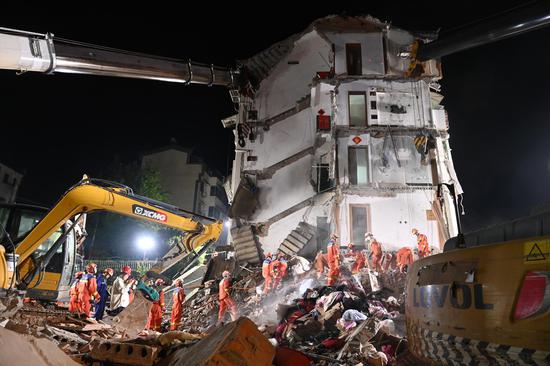
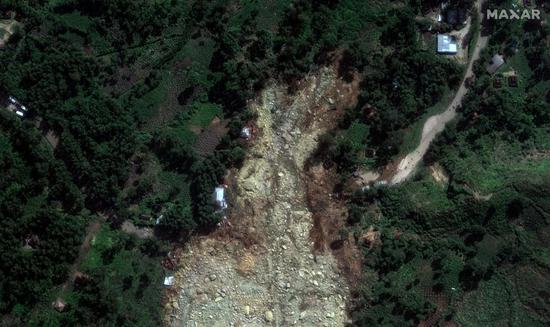










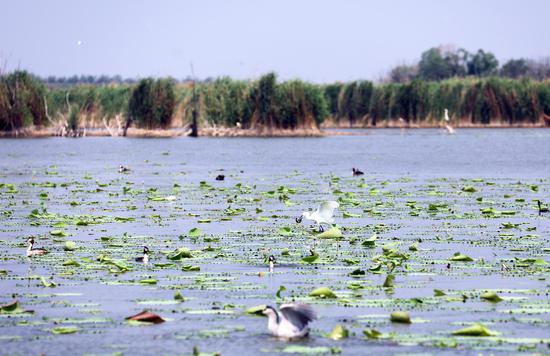


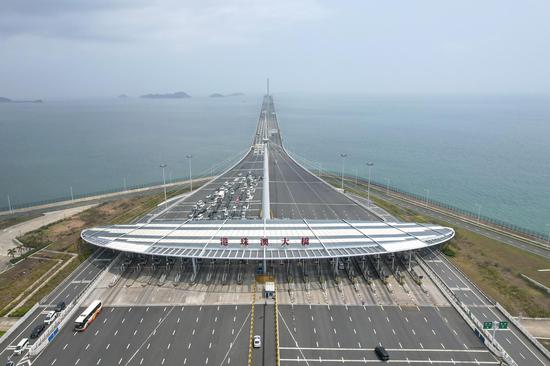

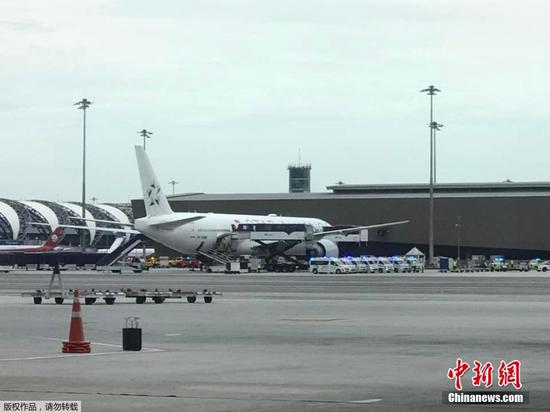

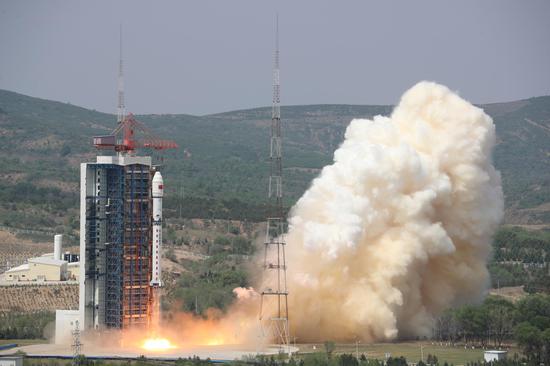

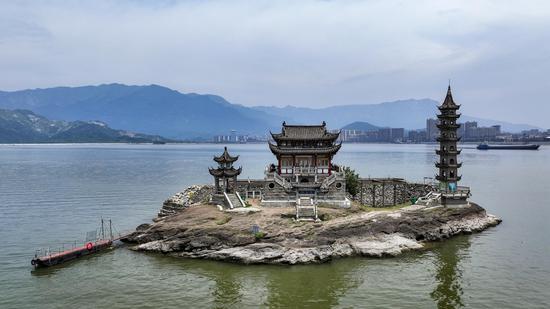
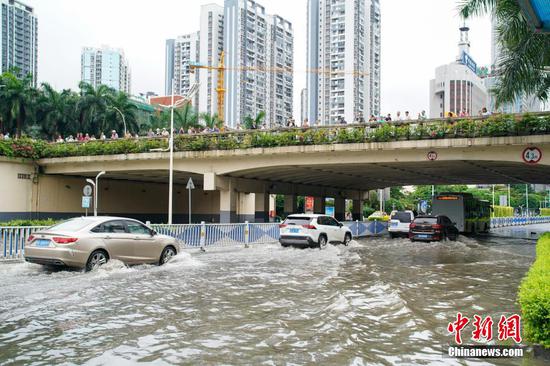


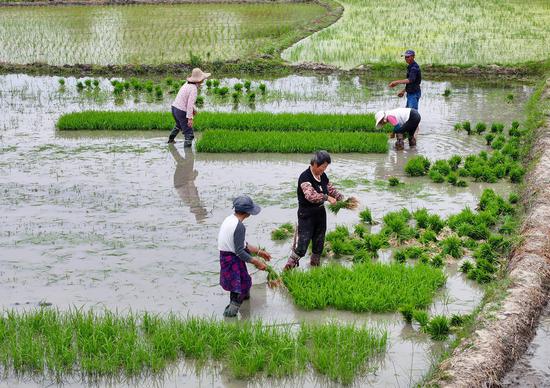



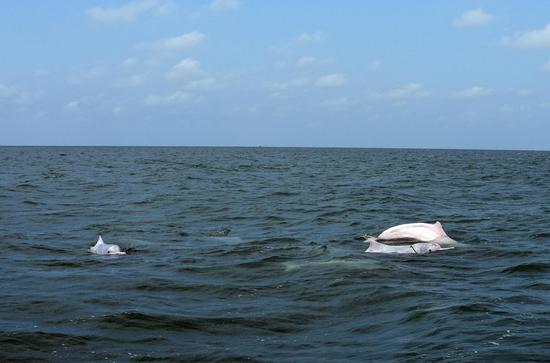
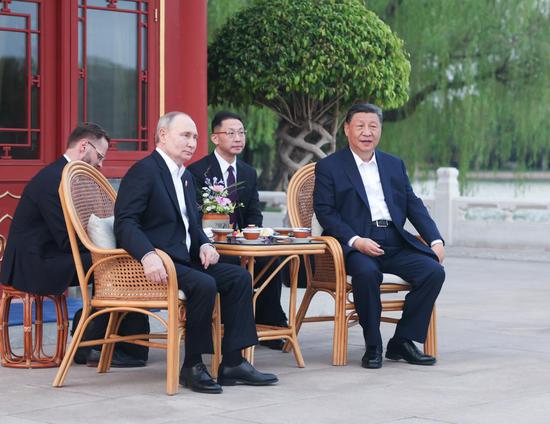
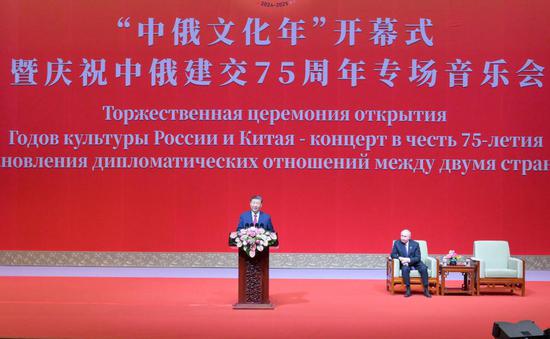
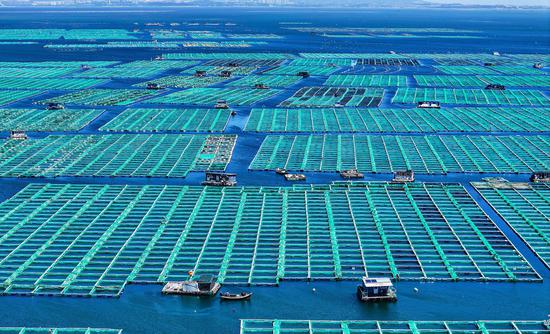




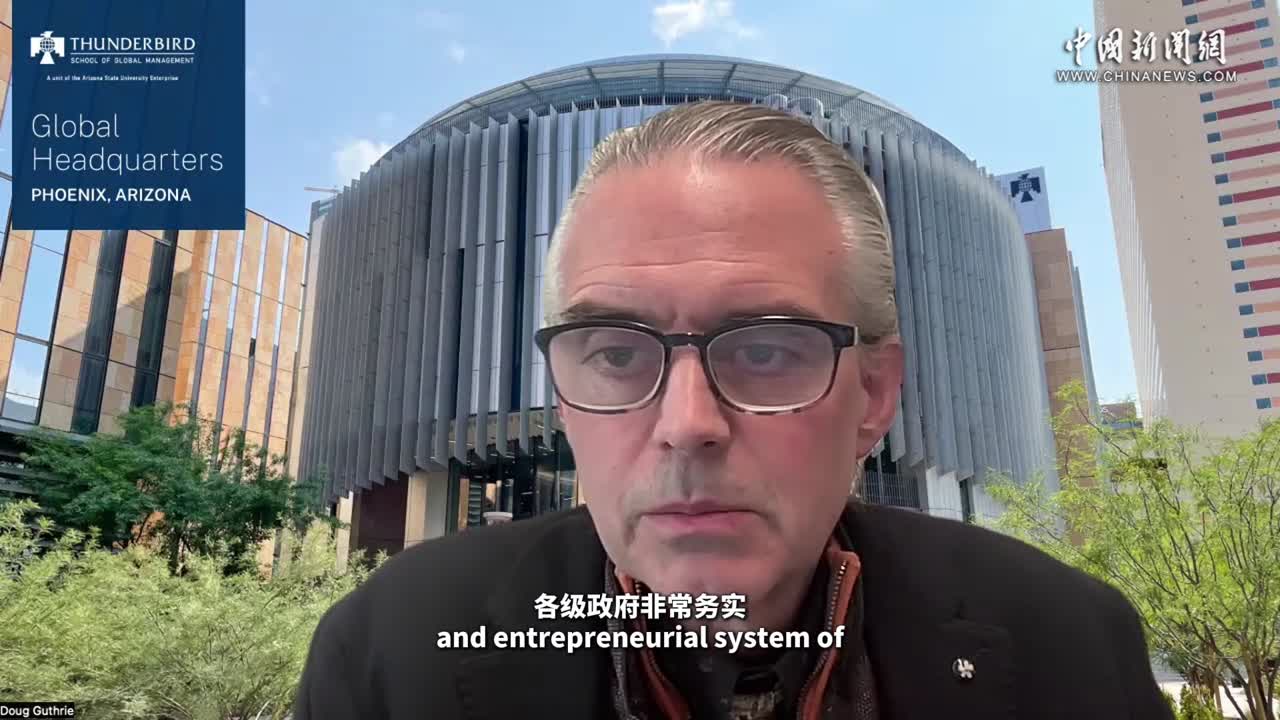

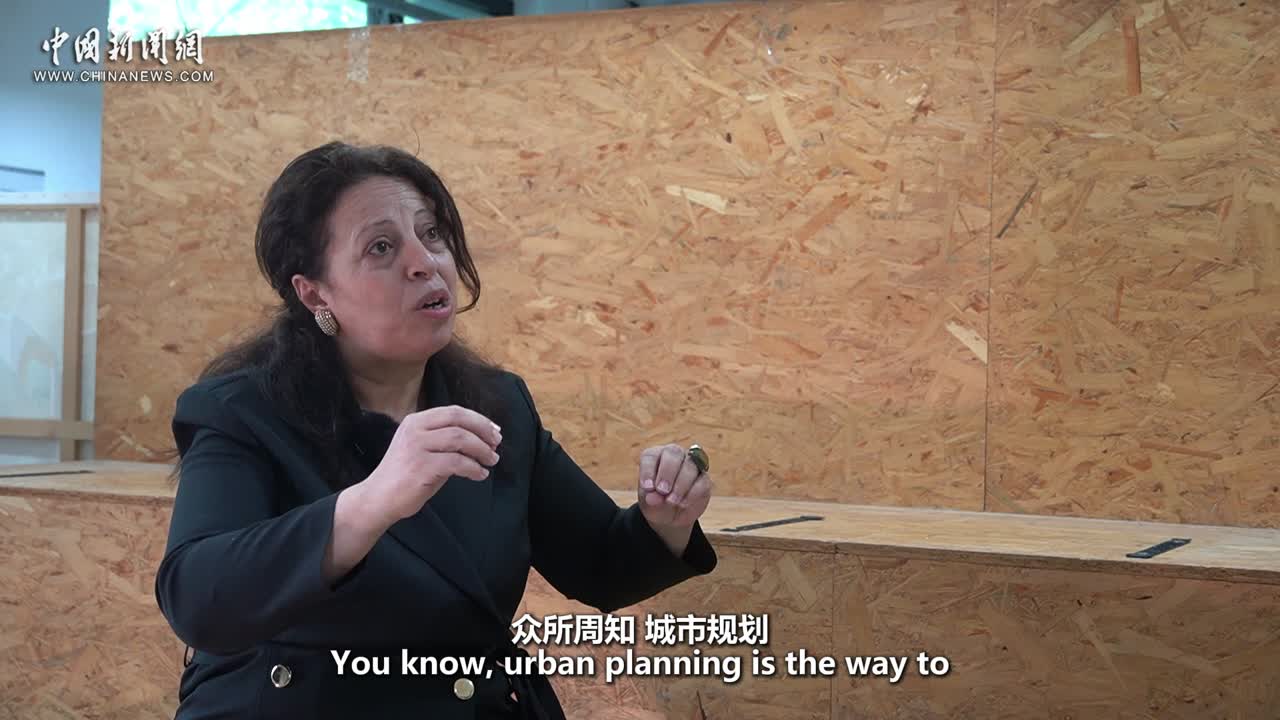

 京公网安备 11010202009201号
京公网安备 11010202009201号